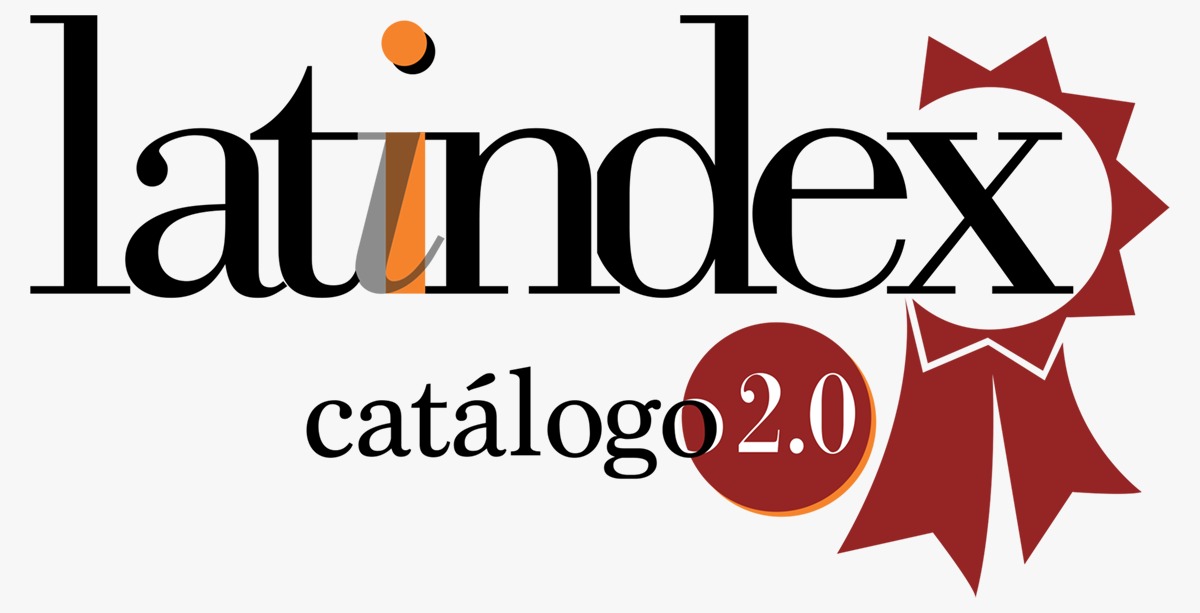Perception of students of Basic Education of middle level of Ecuador about teaching in flipped classrooms
Keywords:
basic education, student, flipped classrooms, teachingAbstract
The teaching and learning process in the Basic Education curriculum of Ecuador is approached from the areas of knowledge, it allows an integral development that ensures that a topic can be treated from different theoretical and practical perspectives, in the current era the need is recognized to introduce the concept of teaching in flipped classrooms, instead, it must be approached from all areas of knowledge and by the various instances that make up the educational community. The objective of this work is to evaluate the perception that the students of Basic Education of the intermediate level in Ecuador of the educational unit Costa Azul have about teaching in inverted classrooms. A quantitative, observational, evaluative research was carried out based on the methods of analysis, synthesis, induction, deduction, document review, observation, Cronbach's alpha and the Chi-square statistic. An intentional sample of 100 students was used. It concludes by stating that students perceive that teaching in flipped classrooms has been excellent and very good with respect to the traditional method for their comprehensive training, an aspect that contributes to raising the rates of learning results that they achieve in the study subjects they receive specifically in improving their communication, mathematical, digital and socio-emotional competence.
Downloads
References
Aguayo, M., Bravo, M., Nocetti, A., Concha, L. Y Aburto, R. (2019). Perspectiva estudiantil del modelo pedagógico flipped classroom o aula invertida en el aprendizaje del inglés como lengua extranjera. Revista de Educación 43 (1). http://dx.doi.org/10.15517/revedu.v43i1.31529
Alonso, L A., Cruz, M. A. y Aguilar, V. (2022). La formación profesional de los estudiantes universitarios a través de las aulas invertidas. Revista Mendive 20 (2). https://mendive.upr.edu.cu/index.php/MendiveUPR/article/view/2781
Alonso, L. A, Cruz, M. A., Parente, E. y Del Cerro, Y. (2021). Concepción didáctica de aula invertida para la formación profesional de los trabajadores. Revista Científica Medio Ambiente Tecnología y Desarrollo Humano FAREM-Estelí 10 (37). https://doi.org/10.5377/farem.v0i37.11217
Alonso, L. A., Cruz, M. A., García, V. M., Baño, M. L. y Silva, D. K. (2022). Flipped classroom methodology in students at technological institutes. International Journal of Health Sciences, 6 (1), 291-303. https://doi.org/10.53730/ijhs.v6n1.4135
Alonso, L. A.; Cruz, M. A., Olaya, J. (2020). Dimensiones del proceso de enseñanza – aprendizaje para la formación profesional. Revista Luz (19), 2, 7-29. http://luz.uho.edu.cu/index.php/luz/article/view/1032
Fernández, D. y Guerra, M. D. (2016). Aprendizaje inverso en formación profesional: opiniones de los estudiantes. INNOEDUCA .International Journal of Technology and Educational Innovation, 2 (1), 29-37. http://dx.doi.org/10.20548/innoeduca.2016.v2i1.1048
Gaviria, D. y Valencia, A. (2019). Percepción de la estrategia aula invertida en escenarios universitarios. Revista Mexicana de Investigación Educativa 24 (81). http://dialnet.unirioja.es/servlet/articulo?codigo=7135277
González, M. O. y Huerta, P. (2019). Experiencia del aula invertida para promover estudiantes prosumidores del nivel superior. RIED. Revista Iberoamericana de Educación a Distancia 22 (2). https://doi.org/10.5944/ried.22.2.23065
Hernández R., Fernández, C. y Baptista, P. (2014): Metodología de la investigación. (5ta Ed.) Edamsa Impresiones S.A. de C.V.: http://www.esup.edu.pe/descargas/dep_investigacion/Metodologia%20de%20la%20investigaci%C3%B3n%205ta%20Edici%C3%B3n.pdf
Hernández, C. y Tecpan, S. (2017). Aula invertida mediada por el uso de plataformas virtuales: un estudio de caso en la formación de profesores de física. Revista Estudios Pedagógicos 43 (3). http://dx.doi.org/10.4067/S0718-07052017000300011
La Madriz, J. J. y Mendoza, D. (2018) Representación social que le confieren
los estudiantes de la UNIB.E al método de Aula Invertida. Revista Espacios 39 (52). https://www.revistaespacios.com/a18v39n52/a18v39n52p10
Ministerio de Educación del Ecuador MEE (2021). Educación General Básica. Subnivel Medio. https://educacion.gob.ec/
NCSS Statistical Software (2021). Item Analysis. Cronbach´s Test. https://www.ncss.com/wp-content/themes/ncss/pdf/Procedures/NCSS/Item_Analysis.pdf
Puebla, J. (2019). El aula invertida en los ciclos formativos de grado medio y superior. (Tesis de maestría en Docencia en Línea). Catalunya, Universidad Oberta.
Salas, F. J. y Sánchez, E. (2017). Revisión de experiencias Flipped Classroom en Formación Profesional. Málaga: Editorial UMA.
Sánchez, E., Sánchez, J. y Ruiz, J. (2018). Percepción del alumnado universitario respecto al modelo pedagógico de clase invertida. magis, Revista Internacional de Investigación en Educación, 11 (23), 151-168. http://dx.doi.org/10.11144/Javeriana.m11-23.paur
Santiago, R. y Bergmann, J. (2018). Aprender al revés: Flipped learnings 3.0 y metodologías activas en el aula. Barcelona: PAIDOS Educación.
Torres, C. (2019). Aula invertida: una historia de vida profesional. Revista Educación y Sociedad 17 (2). http://revistas.unica.cu/index.php/edusoc/article/view/1338
Vidal, M., Rivera, N. M., Nolla, N., Morales, I. R. y Vialart, M. N. (2016). Aula invertida, nueva estrategia didáctica. Revista Educación Médica Superior 30 (3). http://www.ems.sld.cu/index.php/ems/article/view/855
Downloads
Published
How to Cite
Conference Proceedings Volume
Section
ARK
License
Copyright (c) 2022 Víctor Rafael Delgado Valencia

This work is licensed under a Creative Commons Attribution 4.0 International License.
Usted es libre de:
- Compartir — copiar y redistribuir el material en cualquier medio o formato
- Adaptar — remezclar, transformar y construir a partir del material para cualquier propósito, incluso comercialmente.
Bajo los siguientes términos:
- Atribución — Usted debe dar crédito de manera adecuada, brindar un enlace a la licencia, e indicar si se han realizado cambios. Puede hacerlo en cualquier forma razonable, pero no de forma tal que sugiera que usted o su uso tienen el apoyo de la licenciante.
- No hay restricciones adicionales — No puede aplicar términos legales ni medidas tecnológicas que restrinjan legalmente a otras a hacer cualquier uso permitido por la licencia.













































